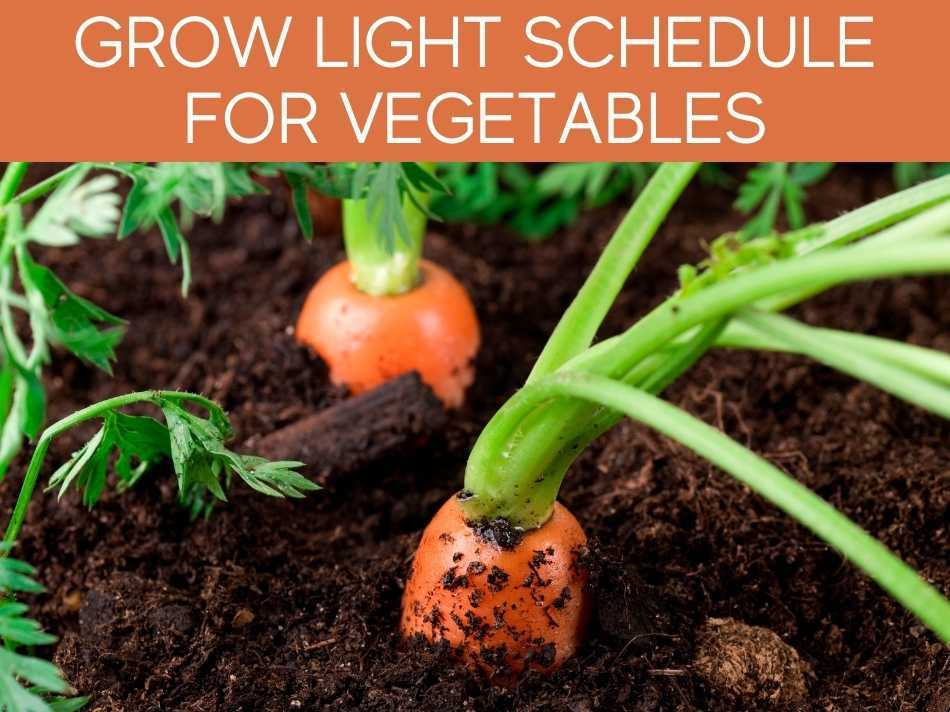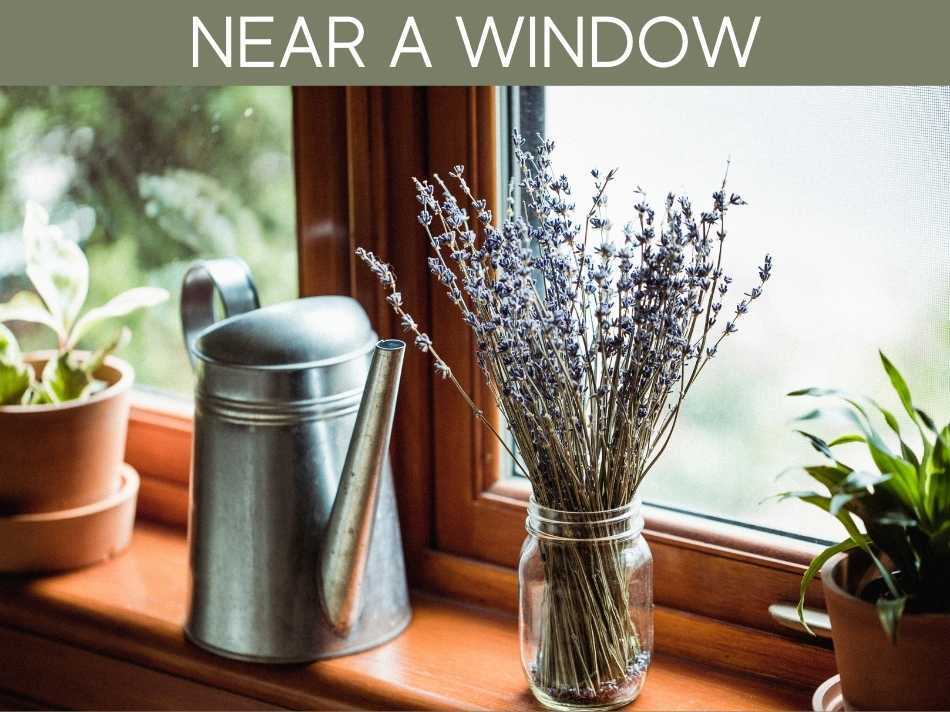If you want to grow vegetables, you may worry if you have the best conditions for growing them, but you don’t need the perfect amount of light or a huge garden. You just need the right tools to grow vegetables. So, is it possible to grow vegetables with grow lights?
Vegetables can be grown indoors, so long as they receive sufficient light of the right colors (wavelengths). Leafy greens like lettuce require less light than strawberries or tomatoes. Generally, grow lights that emit infrared, red, blue, and a little UV are optimal for vegetables indoors.
Whether this is your first indoor garden or your first time growing vegetables, you want to do it correctly. Fortunately, you don’t need an outdoor garden or a lot of sunlight. Keep reading to learn how to grow vegetables with grow lights.
Can Vegetables Grow in Artificial Light?

You can indeed grow vegetables in artificial light.
However, your success depends on the kind of vegetables you want to grow (leafy greens vs. fruiting plants like tomatoes), and how much light you can provide.
Whether you don’t get much sun where you live or are worried about the seasons, you can grow vegetables indoors.
Now, you can grow some vegetables with just your overhead lights.
That can be enough for some plants that don’t need as much light.
However, you can also get special grow lights that can add extra light to your indoor garden.
That way, you can grow almost any smaller vegetable you want.
Can You Grow Vegetables Indoors With Grow Lights?

Yes, grow lights can be used for growing vegetables indoors. You can check out our complete guide to understanding grow lights here.
While some artificial lighting (in other words, regular, non-grow lights) can be enough, you might need to supplement with LED or fluorescent grow lights.
That way, you can grow vegetables that require more sunlight than others.
A good grow light can provide the lighting your plants need.
You don’t have to worry at all about natural lighting or putting plants by a window.
Grow lights can also provide more light than the lights in your home, and they can focus specifically on your plants to help them grow.
How to Use a Grow Light for Vegetables

If you want to use a grow light for vegetables, you have a few things to consider.
Of course, you have to think about how many plants you’ll have and where to put them. That way, you can get enough grow lights.
However, there’s more to using a grow light for vegetables.
Luckily, it isn’t too different from using a grow light on other plants.
Still, you should take a few steps to set up your indoor garden for success.
Determine Which Vegetables to Grow

First, you should consider what vegetables you want to grow indoors.
Think about how much space you have for an indoor garden and where you can put the plants. Evaluate how much natural or artificial lighting that area gets.
If you don’t have much space, you can start with herbs.
However, if you have more room, you can grow some leafy vegetables and other small to medium-sized plants.
You can also consider which vegetables you eat a lot so that you can take full advantage of your garden.
Group Like-Vegetables Together
If you’re going to grow more than one vegetable with a grow light, you should group similar plants together.
That’s because similar plants will need about the same lighting conditions. You don’t want to use the same grow light for a low-light plant as a high-light one.
Growing multiple vegetables indoors can be a good option, but you need to consider each plant individually. That way, you can ensure each has optimal growing conditions.
Choose the Right Light Level

You also need to consider how much lighting your garden or vegetable will need.
Low-light plants can get away with less lighting, so you may only need a small grow light.
However, if your vegetable of choice requires more light, you may need more lights.
You could also get one more intense grow light and place it closer to the plant. That way, your plants can get just what they need without getting too much light.
You can learn exactly how far to place lights from plants in our complete article.
Consider Natural Light Sources

Finally, you should consider if you have any natural light available. That way, you might not even need any supplemental light to grow vegetables.
However, having some sun can reduce the amount of artificial lighting your plants will need.
You can use the sun to supplement your grow light.
Your plants can still get the light they need, but you won’t have to run the grow light for as long.
Grow Light Schedule for Vegetables

Once you choose the best vegetables for you, you should consider a grow light schedule.
In rare cases, you can leave the light on for 24 hours a day. However, most plants won’t need that much light.
Before you start using a grow light with vegetables, consider a good lighting schedule for your garden.
The schedules are estimates, so you should consider your situation or talk to an expert for specific advice.
For seedlings
If you buy plant seeds, you’ll need to give them about 16 hours of light per day.
Now, the exact amount your plant needs can depend on which vegetable you get.
Younger plants almost always need more light than older plants.
The amount of light necessary can also depend on if the plants are near a window or a separate light source, like a reading lamp.
In that case, the plant may not need as much light per day.
For plants past the seedling stage
Older plants can typically require 12 hours of light each day.
So, you could turn your grow light on in the morning and off in the evening.
A 12-hour rotation is great once plants reach their full size, and it can help maintain the plants.
An automatic timer can make this super simple.
As always, consider where you plant your vegetables and any nearby light sources. Also, think about if the plants have any unique light needs so that you can meet those.
For flowering, setting fruit, & growing vegetables

For plants that need to flower, set fruit, and grow mature fruit–like strawberries, tomatoes, cucumbers, etc., the light requirements are a bit different.
Basically, you want to mimic what those plants would normally receive if they were growing outdoors during the growing season.
That typically means:
- Longer day length: This means they’ll need 12-14 or more hours of light.
- Stronger light intensity. You can vary this by placing the artificial light slightly closer to the plant.
Different stages of plant growth require different wavelengths–colors–of light.
But generally, red & blue light, along with infrared, provides a good, general-purpose spectrum for plants.
Researchers have found that far-red light (700-800 nm) can help with strawberry production.
Likewise, research has found that a small amount of UV light is required for tomato plant health.
Near a Window

If you set a plant near a window, it will inevitably get some natural light.
Of course, the lighting can depend on where you live and which way the window faces.
Still, plants by windows generally need less artificial light.
For a younger plant, you may only need to give it 14 hours of light a day.
For established plants, you can shorten the time to a bit less than 12 hours. That way, you don’t give your garden too much sun throughout the day.
In a Darker Space
If you want to grow your garden in an interior room or farther away from a window, it may need more lighting.
You may want to run the grow light on a younger plant in a dark room for up to 18 hours a day.
As the plant reaches adulthood, it may need closer to 16 hours or so.
All of this depends on the other artificial lighting in the room and how often you use the light.
So, if you never use the room, you may need to run the grow light longer than if you spend your entire evening there.
What Vegetables Can I Grow in Low Light?

If you don’t have much lighting and don’t want to run a grow light all of the time, you can look into vegetables that have low light requirements.
Typically, low-light vegetables are ones that don’t produce edible fruit.
For example:
- Leafy greens, like spinach, kale, romaine lettuce, and microgreens.
- Shade-tolerant herbs, like parsley and thyme.
Final Thoughts
You can grow vegetables with grow lights, but you have a lot to consider. Think about your living space, the plants you want to grow, and any access to natural light.
That way, you can get the best plants and grow light for your home.
